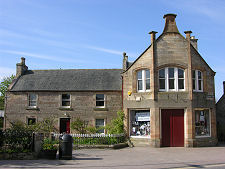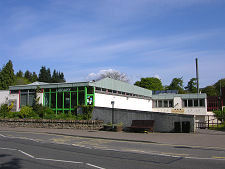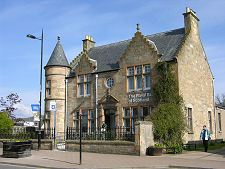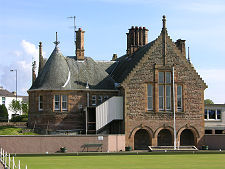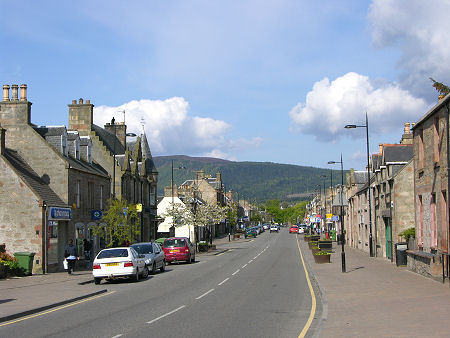 Alness High Street, Looking West |
Alness is an attractive town that lies close to the north shore of the Cromarty Firth. The main A9 used to run through Alness as it followed the east coast north of Inverness, but the town was bypassed at around the same time as the new crossing of the Cromarty Firth was built, seven miles to the south-west, in 1979.
The Cromarty Firth crossing combined with the Dornoch Firth Bridge to the north, and the Kessock Bridge near Inverness, to dramatically shorten the distance between Inverness, and Thurso. Until then the shortest route north had been to abandon the coast road a little to the west of Alness and head over the hills north to Bonar Bridge on the B9176.
Alness sits both sides of the River Averon or Alness. It existed as a port on the Cromarty Firth by 1690, but really started to grow as a settlement either side of a ferry crossing over the river on the route of the main road built in 1715. In 1810 Thomas Telford dramatically improved the quality of the road, and built the first bridge over the River Averon here.
During the 1800s Alness gained two distilleries, Teaninich in 1817, and Dalmore in 1839. Both remain in production, though Teaninich has had periods of closure. Dalmore offers a visitor centre and a superb waterside location, while Teaninich is less well known, and lies just to the south of the centre of Alness on the west bank of the River Averon.
Dalmore Distillery was taken over by the military in 1917, and the US Navy used it as a base for the assembly of mines. These were shipped across the Atlantic to Kyle of Lochalsh, before being transported to Alness by rail. The large pier extending into the Cromarty Firth from the distillery dates from this period and is locally known as the Yankee Peer. During the second world war, land nearby and the waters of the firth were used as a base for RAF seaplanes.
Alness grew significantly from 1968 to house people coming to the area to work at the Invergordon aluminium smelter, some four miles to the east. And the establishment of the oil rig fabrication yards at Nigg led to further expansion. But the Invergordon smelter closed in 1981, and more recently activity at Nigg has reduced to very low levels. Nonetheless, Alness remains a thriving, bustling town, well worth the short detour off the A9 for those wanting a break on the long road north.
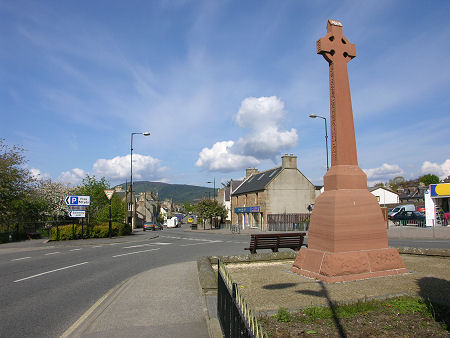 Market Square |
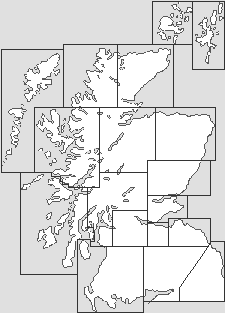
|
|
|
Visitor InformationView Location on MapWhat3Words Location: ///port.resold.conjured |
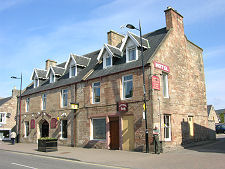 Commercial Hotel |
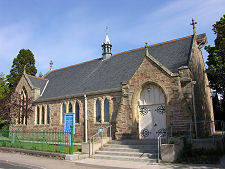 Roskeen Church |
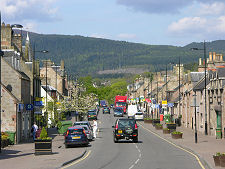 High Street |
